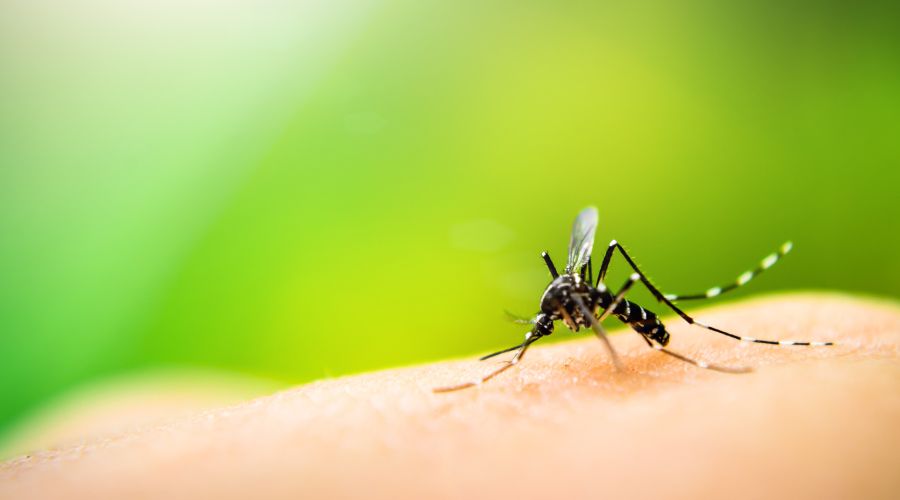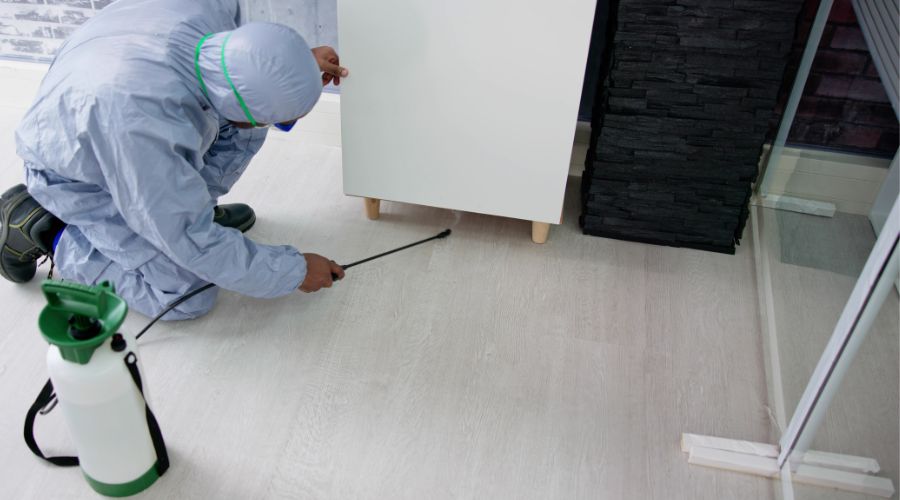Integrated Pest Management Guide
How to Control Pests Safely and Sustainably
Pests like weeds, ants, and rodents can be a real hassle. But reaching for strong chemical pesticides every time isn’t the best fix. Integrated Pest Management (IPM) offers a smarter way to keep infestation under control. It’s also better for people and the environment.
What is IPM?
IPM is a way to control pest population using many different methods together. It focuses on stopping bugs and insects before they become a big problem, instead of just spraying pesticides.
The goal is to prevent and manage creepy crawlies in a safe, effective way for people and the environment. IPM uses cultural, physical, biological and chemical controls.
For example, if ants are found in a house, IPM would start with prevention. Cracks could be sealed so ants can’t enter. Food should be stored in closed containers so it doesn’t attract ants. Natural ant predators like ladybugs could be released. Traps or ant baits could also be used. Toxic sprays would only be used if the other methods don’t work.
By mixing multiple controls, IPM offers a way to handle the problem with the lowest risk and most sustainable approaches. It reduces the need for chemical treatments. It also focuses on finding the root cause instead of just a quick fix.
IPM Control Methods
There are four main parts of an IPM plan:
1. Cultural Controls
Change growing conditions to avoid pests or make places they don’t like to live. For example:
- Pick pest-resistant plants
- Rotate crops to interrupt bug cycles
- Adjust watering schedules
2. Physical Controls
Physically remove pests or create a place where they can’t survive. Options include:
- Pulling weeds by hand
- Using traps for rodents
- Cutting off diseased branches
3. Biological Controls
Use natural enemies like predators, parasites, and diseases to keep infestation under control. Examples are:
- Releasing ladybugs to eat aphids
- Using Bt to kill caterpillars
- Applying nematodes against underground pests
4. Chemical Controls
Pesticides should only be used if really needed. Instead, use:
- Insecticidal soaps
- Pheromones to disrupt bug mating
- Biological pesticides or solutions made from plants, not chemicals
How IPM Works
A good IPM plan has four main steps:
1. Set Damage Levels
First, decide how much damage is acceptable before taking action. This is called the damage threshold. Setting limits prevents using controls when they’re not really needed yet.
2. Monitor and ID Pests
Next, regularly check for pests and identify them correctly. Monitoring shows when and where pests are active and how many there are. Knowing exactly what pests you have lets you pick the best control methods.
3. Prevention
Use what you learned from monitoring to start prevention. Try to block pests, take away their food sources, and make places they don’t want to live. For example, seal cracks so ants can’t get in, remove diseased plants before infection spreads, and use row covers to stop insects from reaching crops.
4. Control
If monitoring shows infestation have passed the damage thresholds, start controls. Use cultural methods first, like changing crop planting. Move to physical controls like traps and hand-picking weeds. If more is needed, use natural predators and diseases before chemical products. The goal is to get pests to acceptable levels as safe as possible.
FAQs
How do you start an IPM program?
Identify key pests, set damage levels, monitor regularly, and use any of the of the control methods first before considering chemicals.
How to choose chemical vs. non-chemical methods?
Use non-chemical methods first. Only use least-toxic chemicals as a last resort to protect the environment and human health.
What’s the best IPM monitoring method?
Regular visual checks, traps and correct ID lets you make good decisions and stop problems early.
How often should you monitor?
Monitor weekly during growing season and 1-2 times in off season to catch issues before infestations start.
When should you start IPM?
Implement IPM before pests arrive – prevention is key. It’s much easier to keep unwanted visitors away than remove them later.
Conclusion
IPM requires more diligence up front through regular monitoring, accurate identification, and focusing on prevention. But this investment of time and effort pays off in the long run through lower control costs, reduced reliance on inseticides, and limiting damage to your property. By taking an ecosystem view and addressing the underlying causes that allow pests to thrive, IPM provides a strategic approach that tackles problems at the root.
While DIY IPM is possible for small-scale pest issues, complex or widespread infestations often require professional help. Licensed exterminators from Green Pest Control have the technical knowledge and experience to conduct thorough inspections, identify problems, and implement an effective IPM program suited to your specific situation. This can quickly and efficiently tackle an existing bug situation while putting preventive practices in place to stop future invasions. Contact a qualified pest control company to discuss customized IPM solutions for your home or business.
Further Reading
For more information on IPM principles and practices, check out these resources:
- NSW Department of Primary Industries Vegetable IPM Guidelines
- Western Australian IPM Strategy – Natural Garden Management
- Queensland Integrated Pest Management Manual


